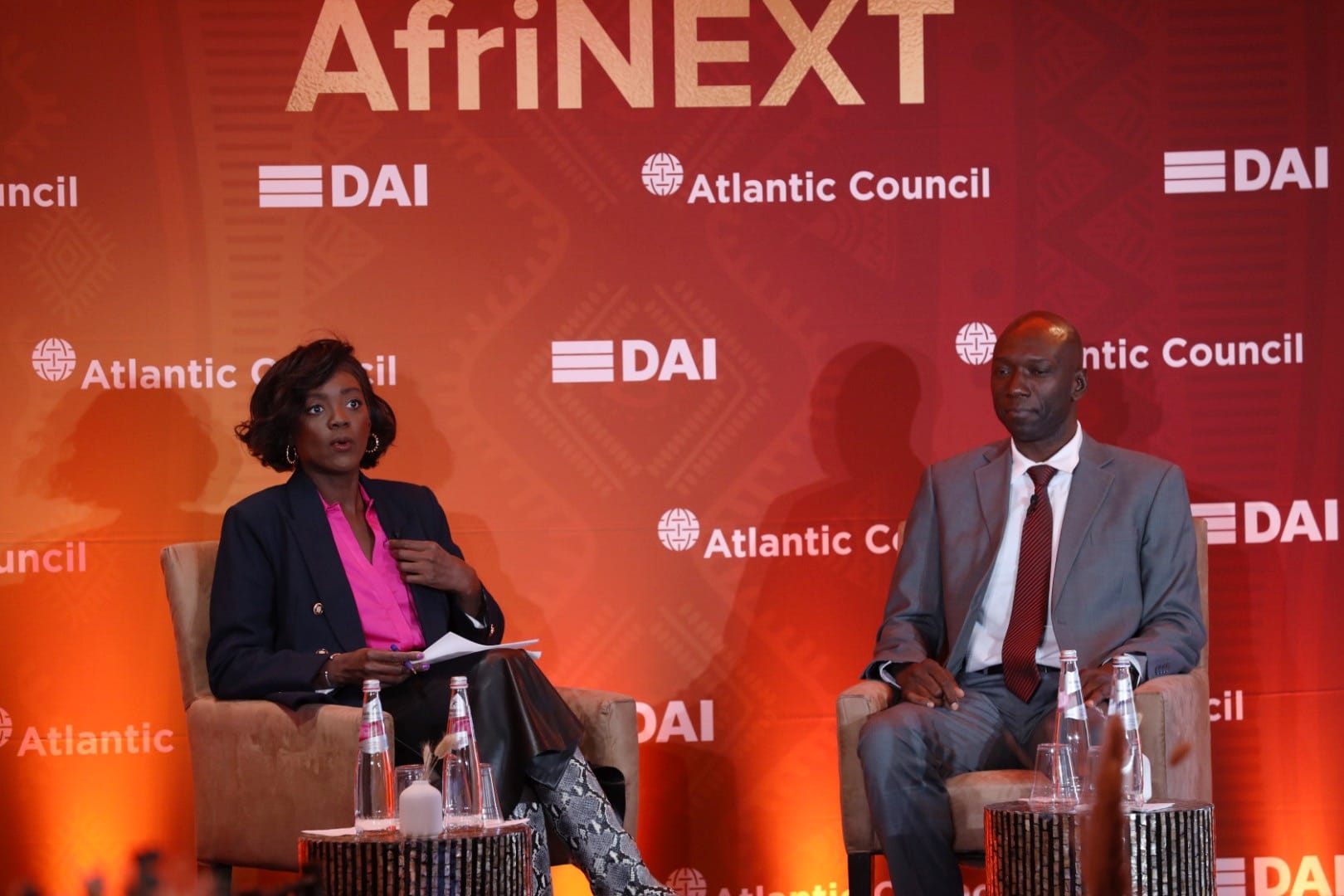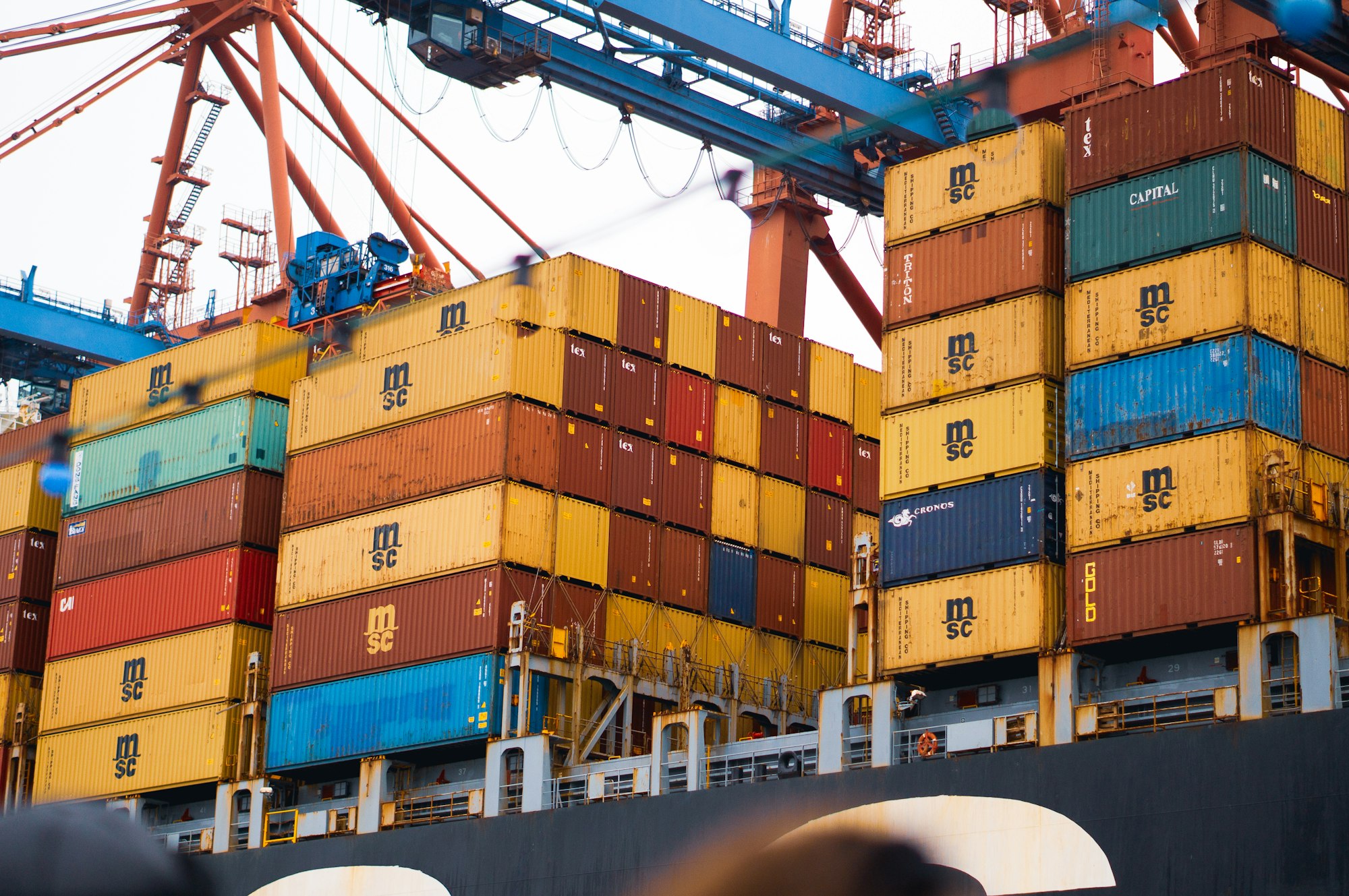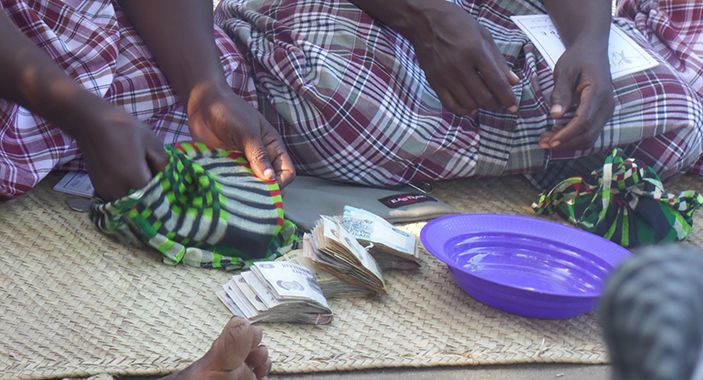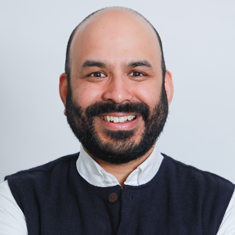Food-related conversations on Twitter have shown strong correlations with food price inflation. Patterns of mobile phone usage are being analysed to predict the magnitude of a disease outbreak. When airtime top-off amounts shrink in a certain region, it tends to indicate a loss of income in that population.
While international development professionals are becoming savvier in how to use mobile phone technology, “big data” remains a largely untapped source of insight for many in the development sector.

DAI’s Kristen Roggemann recently sat down with Nathan Eagle, co-author of the new book “Reality Mining: Using Big Data to Engineer a Better World,” published by The MIT Press, to get his thoughts on how to seize this emerging opportunity.
What is reality mining?
Tremendous amounts of data are generated in the wake of everyday human activities: browsing the web, taking the bus, paying by credit card, using a mobile phone. Reality mining is a mechanism to develop actionable insights that can improve the lives of the billions of people who generate this data–and the societies in which they live.
Talk me through one clear use case for big data in international development
Think about finance. It’s hard to assign a credit score to someone with no data. Yet people are leaving very consistent digital trails with mobile that can be correlated with behaviors indicative of whether someone is worthy of a loan. In this scenario, big data usage is enabling a commercial opportunity for the banks, so it’s inherently sustainable. New client gets a loan, bank gives a loan–no losers.
Bankers and the credit card industry are really interested in these markets. However, there’s a lot of inertia with actors beyond the commercial players when it comes to making some of this stuff happen. Incumbents have a lot to lose when the disruption of big data hits the market. It’s not a technology problem.
It’s important for people to recognise that when you think about data in general, most of that big data is generated in these emerging markets. This data comes from regions that are underserved, that could really benefit from help. Data is an asset that should go back to the community, an asset that can and should be leveraged. Data is in fact one of the few assets that some of these folks have. And in a lot of these regions, that data could be re-purposed to create real change.
How does the international development sector access this data?
In many instances that data is impossible to get, but the big players are beginning to advocate for a mechanism to provide access to anonymised call data records, for example, for organisations in the development sector. Regrettably, this is happening in a fragmented way, but there is a burgeoning movement toward a “data commons” so that development projects can leverage reality mining more easily.
Often, big data is thought about at only the global level, but you make a point of highlighting applications at the individual and community level. How can organisations leverage big data in a community-level programme, in an environment with minimal smartphone and mobile broadband penetration?
Always look first at what data is available and what the context is. The operators might have access to movement and communication patterns, for example. Things get more interesting when you have communities who have access to mobile web–and the number of those communities is growing as price points for unlocked android phones become comparable to traditional phones. Given that setting, you can start thinking right now about ways to collect data using mobile apps. These apps could periodically display survey questions, or passively sample and aggregate behavioral data such as movement and communication patterns.
It is important to be explicit about the data collected and the benefit incurred: “this is the data we’ll be collecting, this is how you benefit by installing this app, this is how your community benefits by collecting this data.” As long as people are educated and empowered to make the decision to engage with an app and make available their data, if the benefits are real they generally decide to engage. The real risk is when the benefits don’t outweigh the costs. Transparency is critical.
Do you see reality mining affecting the way international development is done?
Big data is inherently interesting and you can get meetings with donors easily, but there’s a lot of inertia in this space. International development is due for a pretty radical disruption.




